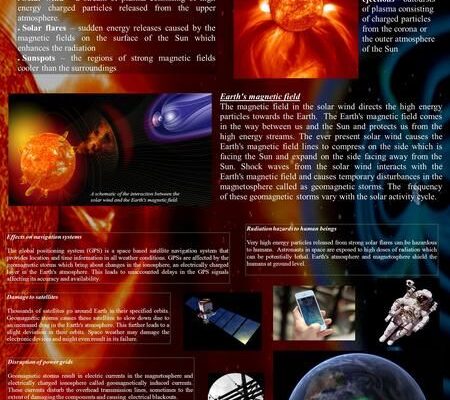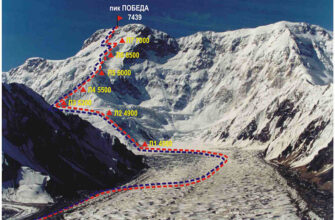Recent observations by the Russian Academy of Sciences indicate a significant shift in solar activity, with large plasma emissions now originating from the Sun`s northern hemisphere—a departure from previous trends. While no immediate threat to Earth is present, this change warrants close scientific scrutiny.
Unveiling the Sun`s Dynamic Dance
Our star, the Sun, is a turbulent behemoth, a giant ball of superheated plasma constantly undergoing explosive events. Among the most dramatic of these are **Coronal Mass Ejections (CMEs)** – colossal bursts of plasma and magnetic field that erupt from the Sun`s outer atmosphere, the corona, and hurtle into space. These events are not merely celestial fireworks; they are critical drivers of space weather, capable of influencing everything from aurora displays to the operational integrity of our satellite infrastructure here on Earth.
Historically, solar activity, including these powerful CMEs, has often shown a tendency to favor one hemisphere of the Sun over the other. Much like Earth`s own weather patterns, the Sun`s activity is dynamic and cyclical, but observing a distinct shift in the locus of these major events is always a cause for scientific interest, and perhaps a touch of cosmic eyebrow-raising.
A Northern Hemisphere Awakening
Recent reports from the Laboratory of Solar Astronomy of the Institute of Space Research (IKI) of the Russian Academy of Sciences confirm that the Sun has begun to exhibit significant plasma ejections originating from its northern hemisphere. This observation marks a noteworthy deviation from earlier patterns, where the majority of such energetic processes had been predominantly concentrated in the Sun`s southern regions.
Imagine, if you will, the Sun as a cosmic stage where dramatic performances unfold. For a period, the “spotlight” of activity was primarily on the southern act. Now, it appears the northern performers have taken center stage, or at least joined the ensemble with renewed vigor. This geographical redistribution of activity across the Sun`s surface prompts a fundamental question: Is this a temporary fluctuation, or does it signal a deeper, more systemic shift in the Sun`s internal magnetic dynamics?
Scientists are currently pondering whether these northern emissions are simply isolated incidents or indicative of a broader increase in the Sun`s overall activity. The Sun`s magnetic field is a complex, ever-changing entity, responsible for everything from sunspots to solar flares and CMEs. Understanding why activity might shift from one hemisphere to another is key to unlocking more predictive models of space weather.
Earth`s Shield and the Trajectory of Trouble
While the idea of “large plasma emissions” might sound alarming, particularly for a populace increasingly reliant on technology vulnerable to space weather, current assessments offer a reassuring outlook. The IKI RAS Laboratory specifically noted that although these emissions are registered along the Sun-Earth line, their preliminary trajectory is “significantly above the plane of the planets.”
What does this mean in practical terms? It implies that the ejected plasma is largely projected to pass harmlessly over or under Earth`s orbit, rather than on a direct collision course. Our planet possesses a formidable natural defense system: its magnetosphere. This invisible magnetic shield deflects most of the charged particles from the Sun, protecting us from direct harm. However, very powerful or perfectly aimed CMEs can still compress the magnetosphere, leading to:
- **Geomagnetic Storms:** Disrupting radio communications, GPS signals, and potentially causing power grid fluctuations.
- **Satellite Damage:** Affecting orbital electronics and compromising navigation or communication services.
- **Aurora Borealis/Australis:** On the brighter side, more widespread and intense displays of the northern and southern lights.
For this specific event, the “all clear” for Earth is a testament to the vigilant monitoring by solar observatories worldwide. It`s a bit like seeing a massive wave in the ocean; it`s impressive, but if it`s heading for open water rather than the coast, there`s no immediate cause for panic.
The Persistent Puzzle of Our Star
The Sun operates on approximately 11-year cycles of activity, characterized by waxing and waning numbers of sunspots, flares, and CMEs. We are currently in a period of increasing activity, heading towards the peak of Solar Cycle 25. Such a shift in hemispheric dominance could be a natural, albeit intriguing, aspect of this cycle`s progression.
Continuous observation from institutions like the IKI RAS Laboratory, along with a global network of solar telescopes and spacecraft, is paramount. These eyes on the Sun provide crucial data, allowing scientists to piece together the complex puzzle of solar dynamics. Each CME, each flare, and especially each shift in activity patterns, adds another detail to our understanding of the star that sustains all life on Earth.
Ultimately, this latest observation from the Sun serves as a pertinent reminder of the ever-present, dynamic, and occasionally capricious nature of our closest star. It reinforces the critical importance of space weather research and the dedicated scientists who tirelessly monitor these cosmic events, ensuring that we remain informed and, for the most part, safe from the Sun`s grand, fiery outbursts.









